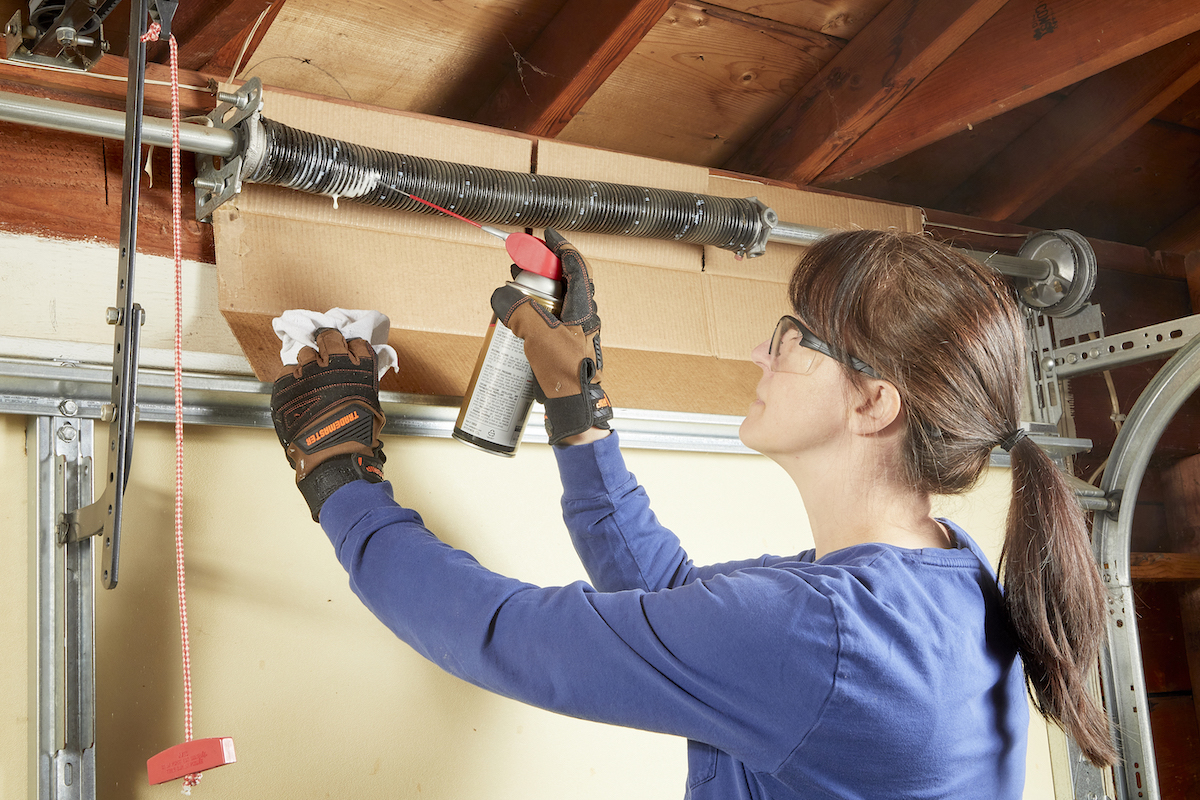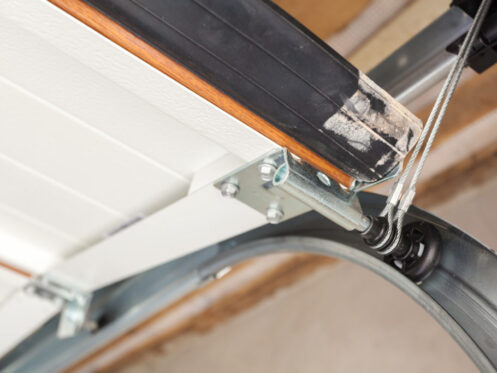Your garage door’s squeaking? That’s your cue. Here’s how to keep it smooth without calling in backup.
First, kill the power. Safety first, flex later. Then, clean the tracks with a dry cloth—no grease here, just grime.
Next up, hit the hinges, rollers, and springs with a silicone-based lube. Not WD-40—save that for rusty bikes, not your garage vibes.
Work the door a few times to let it sink in. Hear that? No squeak, just smooth operator energy.
If it still sounds off, the issue might be bigger than dry parts. That’s where BDK Door comes in—real ones for real fixes. Maintenance like this? Total cheat code for longer-lasting gear. Quick job, major flex.
How to Lubricate a Garage Door
Unplug the opener, clean key parts, apply silicone or lithium spray to hinges, rollers, springs, and cycle the door. Done in 10 minutes.
Key Takeaways
- Always cut the power before touching anything. No shocks allowed.
- Clean the tracks, but don’t lube them—they’re meant to stay dry.
- Use silicone-based lube for hinges, rollers, and springs. Not your dad’s WD-40.
- Work the door a few times to let it all settle in.
- Still squeaking? Call BDK Door—we don’t mess around.
Keep it slick, keep it safe. Your garage door deserves the VIP treatment.
Why Is It Important to Lubricate Your Garage Door?

A dry garage door isn’t just annoying—it’s a low-key threat to your whole setup. That squeak? It’s a warning shot.
Lubricating your door keeps the parts gliding smoothly, cuts down on wear, and saves your wallet from future repairs.
It also keeps things quiet. No more 6 AM garage-door screeches waking up the block.
What Type of Lubricant Should You Use?
Forget the WD-40—it’s not the move. You want a silicone-based or lithium-based lubricant made for garage doors.
These bad boys stick where it counts, resist dust, and keep things moving like butter on a hot skillet.
Spray versions? Even better. Easy to apply, no mess, no stress. The goal? Quiet, smooth, and drama-free motion. Choose right, and your door won’t just move—it’ll glide.
Garage Door Parts That Need Lubrication
Not everything needs grease—just the MVPs. Here’s where to spray:
- Hinges: Where the panels bend. Keep ’em quiet and crack-free.
- Rollers: These ride the tracks. Metal ones need lube, nylon ones just need the bearings hit.
- Springs: Torsion or extension—both deserve some love to prevent snapping.
- Bearing plates & end bearings: Let these spin smoothly or risk jerky moves.
- Lock & arm bar: Hit them lightly so locking/unlocking isn’t a grind.
Skip the tracks—they stay dry. Lube the rest, and your door stays chill under pressure.
Step-by-Step Guide: How to Lubricate Your Garage Door Properly
Step 1: Cut the power
Unplug the opener or kill the breaker. No sparks, no surprises.
Step 2: Clean the gunk
Wipe down hinges, rollers, and springs with a dry cloth. Skip the soap—just ditch the dust.
Step 3: Grab the right lube
Silicone or lithium-based spray only. No cooking oil, no WD-40.
Step 4: Spray the parts
Hit the hinges, roller bearings, springs, and bearing plates. Keep it light—don’t drown it.
Step 5: Open and close the door
Do it a few times so the lube works its magic. Smooth moves unlocked.
Done right, this takes 10 minutes tops—and keeps your door sounding brand new.
How Often Should You Lubricate Your Garage Door?

Once every six months is the sweet spot. Keeps things slick without overdoing it.
If your garage door gets heavy daily use or you’re in a dusty area, aim for every 3-4 months.
Hear squeaks or feel jerky movement in between? That’s your garage asking for a quick refresh. Keep it on your calendar—it’s low effort with high payoff.
Benefits of Regular Garage Door Lubrication
Think of it like brushing your teeth—but for your garage door. Lube it up, and here’s what you get:
- Longer lifespan for your parts. Less friction, less drama.
- Quieter operation—no more haunted house vibes every time you open it.
- Smoother movement so your door doesn’t jerk or jam.
- Fewer repairs, which means more cash in your pocket.
Basically, it’s the cheat code to keeping your garage door running like a dream.
When to Call a Professional for Garage Door Maintenance
If your garage door still acts up after lubing—grinding, shaking, or just refusing to budge—it’s time to call in the pros.
Notice broken springs, frayed cables, or off-track rollers? Don’t DIY that. It’s risky business.
Also, if it’s been over a year since your last full checkup, let a pro like BDK Door give it the full VIP treatment. Your time’s valuable. Save it for better things—we’ve got the door covered.
Frequently Asked Questions
1. Can I use WD-40 to lube my garage door?
Nope. WD-40 is a cleaner, not a long-term lubricant. Go with silicone or lithium spray.
2. How long does it take to lubricate a garage door?
About 10 minutes. Quick enough to squeeze in before dinner.
3. Do all garage doors need lubrication?
If it moves, it needs lube—simple as that. Even the quiet ones need love.
Conclusion
Lubing your garage door isn’t rocket science—it’s just smart maintenance with a big payoff. It keeps things quiet, smooth, and saves you from shelling out cash on preventable repairs.
Do it twice a year, use the right stuff, and if things still feel off, BDK Door is always in your corner. Simple care, solid results. Your garage door will thank you.

